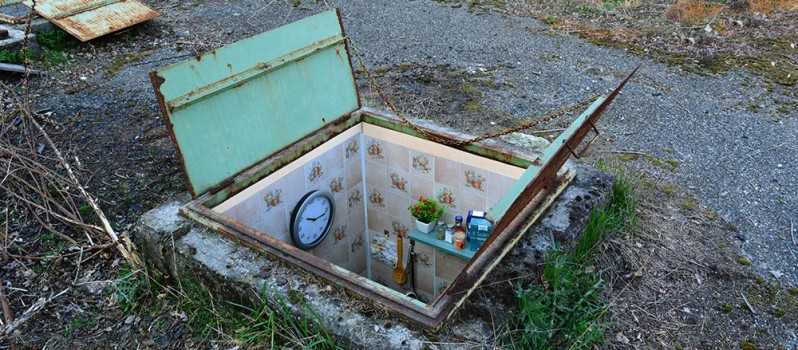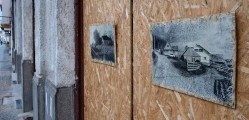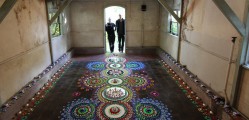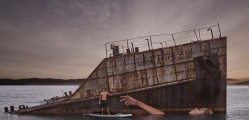Art has many functions, but can be broadly divided into personal and social intentions. These are not always clear cut and art is not usually made with a specific considered result in mind, but springs from the well of inspiration. Sometimes it is there to console; the artist creates something beautiful and that beauty enriches the viewer’s experience. Sometimes it is there to shock, or otherwise make people rethink their stance on a subject. Every artist has their own way of understanding what they do and their own reasons for doing it.
Painter of the human body Lucian Freud once said, “The task of the artist is to make the human being uncomfortable.” On the contrary, British-Indian sculptor Anish Kapoor has an altogether different view: “We live in a fractured world. I’ve always seen it as my role as an artist to attempt to make wholeness.” Kapoor’s words suggest an almost spiritual rationale for creating art. And more often than not, it is a form of expression for the artist; they are attempting to show us the world through their eyes.
Political art at its best is not about the artist’s vision, or any notion of ‘art for art’s sake’, but a vehicle to communicate an important message. In his series ‘Borderlife‘, political artist Biancoshock is photographing temporary installations to highlight an important social issue – homelessness. In Bucharest, over 600 people have been forced to live in the sewers. He draws attention to this by making scaled-down sections of middle class homes inside manholes. Of course the actual living conditions of these people do not involve tiled showers and paintings hung on the wall. But Biancoshock has the belief that “if some problems cannot be avoided, make them comfortable.” This involves the absurd practice of furnishing the sewers, not so as to make life directly more comfortable for the people living there, but for those who are ignoring the troubling problem to be able to look at it.










Leave a Reply